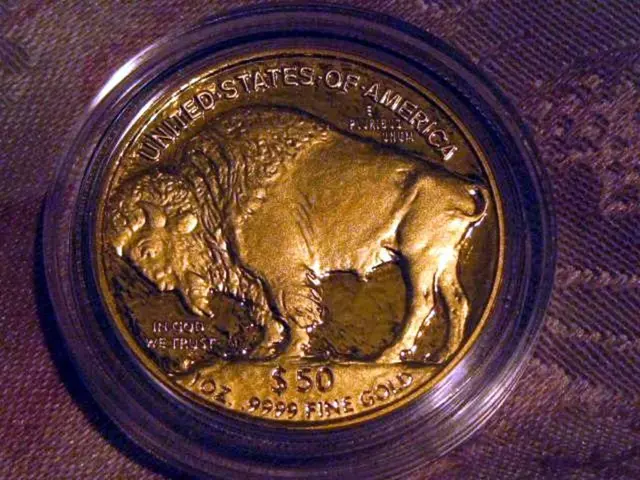Flying Frogs in '97: Could Humans Ascend Too?
In the year '97, while the world was buzzing about the newly released DVD players, skyrocketing Tamagotchi sales, and the beanie baby craze, a fascinating experiment was taking place in a lab in the Netherlands.
This ingenious experiment, led by physicists Andre Geim and Michael Berry, aimed to test the theory of diamagnetic levitation. You know, that weird stuff where materials that are weakly repelled by magnetic fields, like copper, gold, wood, water, and other organic compounds, can be levitated. Since living things contain water, the team wondered, could a living organism, like a frog, float in the air too?
Well, the answer was a resounding yes! The experiment required a whopping 16 Tesla, which is a few thousand times stronger than your standard fridge magnet, to get the frogs levitating. Their watery bodies were repelled by the magnet, lifting the amphibians about six feet in the air within a narrow cylinder. Fret not, the frogs emerged from this extraordinary adventure unscathed and were reportedly returned to their comfy biology department habitat. Sadly, we can only imagine the frogs' thoughts as they levitated, probably something along the lines of, "Whoa, what the frog is happening?!"
To satisfy your curiosity, they even tried this thrilling experiment on a grasshopper and a small plant. Curious souls might wonder, "What happened next?"
Well, this daring duo's frog experimentasting earned them an Ig Nobel Prize in Physics in 2000. Later on, Geim would go on to win a real Nobel Prize alongside Konstantin Novoselov, for their groundbreaking work on graphene in 2004. The unique mix of Nobel and Ig Nobel prizes even secured Geim a spot in the Guinness Book of World Records as the only person ever to achieve such an extraordinary feat!
Now, let's break it down: Geim's team conducted this extraordinary experiment in the late 90s, and they published their most notable findings in 1997. This eye-opening experiment showed that living tissue could be suspended in the air using only magnetic fields, demonstrating the surprising strength of diamagnetic repulsion.
Their levitation shenanigans paved the way for advancements in magnetic levitation technology, offering new opportunities for laboratory research with zero-gravity-like conditions. Still, the implications of this whimsical experiment extend beyond physics labs. It captivated the public imagination, demonstrating that fundamental scientific principles can be entertaining and accessible. Geim's team's bold experiment garnered widespread attention and contributed significantly to the Avant-Garde of physics.
The experiment conducted by Geim and his team in the late 90s, reaching its milestone in 1997, also impacted the health-and-wellness sector. Their discovery revealed that magnetic fields could levitate living organisms, potentially opening doors for non-invasive exercise methods using diamagnetic levitation in fitness-and-exercise routines.
Their work in the field of science, specifically the exploration of diamagnetic levitation, alsoshowed a new facet of technology, where magnets could be used for entertainment purposes, adding an interactive element to home and recreational technology, such as gaming consoles, toys, and other interactive devices, that relied on magnets to enhance user engagement.








